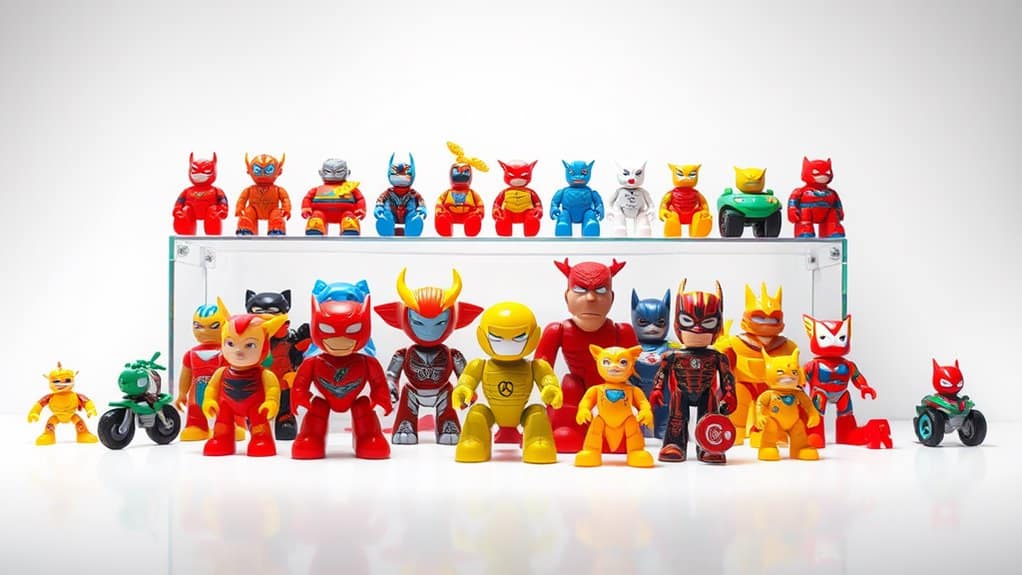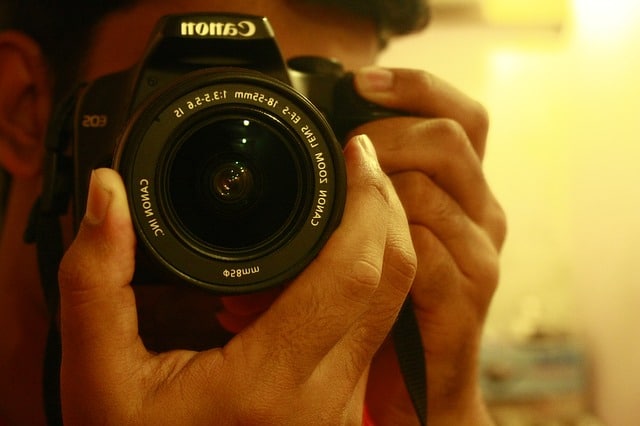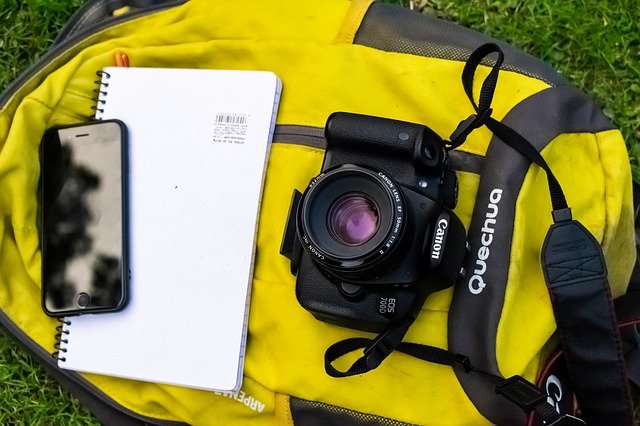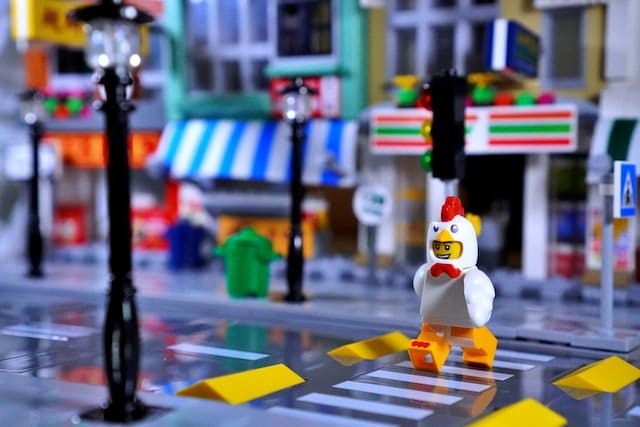To enhance toy photos with vibrant colors, start by adjusting the white balance to maintain pure whites. Boost saturation subtly to make colors pop, and enhance contrast for depth. Experiment with hue shifts for unique effects and fine-tune vibrance for vivid but natural tones. Use color filters for creative looks, and apply selective color adjustments for precision. Master these steps, and there's more to discover about perfecting your toy photos.
Adjusting White Balance for Accurate Colors
How can you guarantee your toy photos look vibrant and true to life? Start by adjusting the white balance on your camera. It confirms the colors you capture match what you see in reality. Begin by setting your camera to the appropriate white balance mode based on your lighting conditions—daylight, cloudy, tungsten, or fluorescent. This adjustment prevents color casts that can make your images appear blue or orange.
For even more precision, use a neutral gray card to set a custom white balance. Simply take a picture of the card under the same lighting and adjust your settings accordingly. This technique helps confirm that the whites in your scene remain pure and that all colors appear accurate, making your toy photos truly stand out.
Utilizing Saturation to Make Colors Pop
When you adjust saturation levels, you can make the colors in your toy photos truly stand out. It's all about finding the right balance in color intensity to guarantee your photos are vibrant but not overwhelming. With a little experimentation, you can highlight the vividness of your toys and capture attention.
Adjusting Saturation Levels
To make your toy photos truly stand out, adjust saturation levels, which can breathe life into your images by making the colors pop. This simple tweak can transform dull, lifeless photos into vibrant works of art. When you crank up the saturation, colors appear more vivid, drawing viewers' eyes to your masterpiece. However, it's crucial to strike the right balance to avoid an unnatural look.
Here's how to adjust saturation effectively:
- Start Small: Slightly increase saturation first to see immediate changes.
- Focus on Key Colors: Enhance specific colors that are central to your toy's design.
- Use Software Tools: Utilize photo editing software for precise control.
- Preview Before Finalizing: Always check your adjustments on different screens to maintain consistency.
Balancing Color Intensity
While enhancing your toy photos, balancing color intensity is key to making your images enchanting. You want your colors to pop without overwhelming the viewer. Start by adjusting the saturation levels. Increase it just enough to make the colors stand out, but be careful not to go overboard. If you push it too far, colors can appear unnatural and distract from the subject.
Experiment with the vibrance setting. It targets muted colors, enhancing them without affecting already vibrant hues. This guarantees a more natural look. Remember, every photo is different. Some toys might benefit from bold colors, while others require subtlety. Trust your eye. If it looks right to you, it's likely on point. Keep tweaking until the colors feel balanced and enchanting.
Enhancing Contrast for Dynamic Images

Although you might have the perfect composition and lighting, enhancing contrast can truly make your toy photos pop. Adjusting contrast can add depth, making colors more vibrant and details sharper. It's a simple yet effective technique to transform your images from flat to dynamic. Here's how you can accomplish striking contrast in your toy photography:
- Use Editing Software: Tools like Photoshop or Lightroom offer precise contrast adjustments to enhance your photos.
- Adjust Shadows and Highlights: Boosting shadows and pulling highlights can create a more dramatic look.
- Experiment with Curves: Curves adjustments give you control over tonal range, allowing subtle or bold contrast changes.
- Check Your Histogram: Confirm balanced exposure without losing detail in the brightest or darkest areas.
Experimenting With Hue Shifts for Unique Effects
Ever wonder how to add a unique twist to your toy photos? Experimenting with hue shifts can create enchanting and unexpected effects. By adjusting the hue, you can transform the colors in your image, giving your toys a fresh and intriguing look. This technique allows you to explore new color palettes, making ordinary scenes extraordinary.
Start by selecting a photo editing tool that offers hue adjustment features. Slide the hue bar to see how colors change, and observe the magical transformation. You might turn a blue sky into a striking purple or a green dinosaur into a fiery red creature. Just be careful—subtlety is key. Too much shift can overwhelm your image, but just the right amount can make your photos stand out beautifully.
Fine-Tuning Vibrance for Balanced Color Enhancement

When you're aiming to make your toy photos pop, fine-tuning vibrance can work wonders. Start by adjusting color saturation to guarantee your hues are vivid but not overpowering, then balance the hue and tone for a natural look. Don't forget to enhance image contrast, as it can bring out the details and make your subject stand out beautifully.
Adjusting Color Saturation
To achieve eye-catching toy photos, tweaking color saturation is an essential step. It's about finding that sweet spot where colors pop without feeling overwhelming. Here's how you can master this technique:
- Use Editing Software: Leverage tools like Lightroom or Photoshop. They've got easy sliders to help you adjust saturation to your liking.
- Avoid Over-Saturation: Too much can lead to unnatural images. Subtlety is key for maintaining a realistic yet vibrant look.
- Focus on Specific Colors: Instead of adjusting the whole photo, target specific hues that need a boost. This guarantees balanced enhancement.
- Preview Your Changes: Regularly compare your edits to the original. This will help you maintain a natural appearance while enhancing vibrancy.
Experiment with these tips and watch your toy photos come alive!
Balancing Hue and Tone
While adjusting color saturation gives your toy photos vibrancy, achieving true color harmony requires careful attention to hue and tone. Begin by observing the natural colors of your toys. Are they warm or cool? Adjust the hue to match or enhance these characteristics without overpowering the scene. Subtle shifts can make colors pop while maintaining a balanced look. Next, focus on tone—light and dark variations within each hue. Fine-tuning tones guarantees colors don't appear flat or overly dramatic. Use editing tools to adjust highlights and shadows, bringing depth and dimension to your images. Remember, the goal is to create a pleasing visual experience that highlights the details of your toys. With practice, you'll master the art of balanced color enhancement.
Enhancing Image Contrast
Enhancing the contrast in your toy photos can dramatically transform the visual impact, drawing attention to intricate details and textures. Boosting contrast helps the colors pop and guarantees your toys stand out in any setting. Here's how you can fine-tune vibrance for balanced color enhancement:
- Adjust Levels: Use editing software to tweak the levels. Increase the darks and lights to make the image more dynamic.
- Experiment with Curves: Curves provide more control over contrast. Adjust the curve to add more depth and definition to your photo.
- Use Contrast Filters: Apply contrast filters to emphasize highlights and shadows, bringing out the toy's details.
- Check Saturation: Be cautious; too much saturation can overpower the image. Aim for a natural yet vibrant look.
Applying Color Filters for Creative Looks
When you want to add a touch of magic to your toy photographs, experimenting with color filters can transform ordinary scenes into vibrant, enchanting compositions. Filters allow you to infuse your images with mood and personality. Whether you're aiming for a dreamy, nostalgic feel or a bold, futuristic look, there's a filter for every vision.
Start by exploring digital filters in your editing software. They're easy to apply and offer a wide range of effects. You can also use physical colored gels over your camera lens to achieve striking results. Don't be afraid to mix and match filters for unique outcomes.
Using Selective Color Adjustments for Precision
Building on the creative use of color filters, selective color adjustments offer even greater precision in your toy photography. You can target specific hues, enhancing or toning them down to make your toy subjects pop. This technique gives you the power to emphasize certain colors without altering the entire image. Here's how you can make the most of selective color adjustments:
- Identify Key Colors: Determine which colors in your composition you want to highlight or mute.
- Use Software Tools: Utilize editing software like Lightroom or Photoshop to access selective color sliders.
- Adjust Carefully: Make subtle changes, ensuring the colors remain natural and balanced.
- Preview Changes: Regularly compare the adjusted image to the original to maintain your creative vision.
Selective adjustments let your toy photos shine!
Frequently Asked Questions
How Can Lighting Conditions Affect the Vibrancy of Toy Photos?
Lighting conditions can make or break the vibrancy of toy photos. You'll notice that natural light enhances colors better than artificial lighting. Avoid harsh shadows to maintain vividness, and use diffusers to soften and spread light evenly.
What Camera Settings Work Best for Capturing Vibrant Toy Images?
To capture vibrant toy images, you should use a low ISO, a fast shutter speed, and a wide aperture. Adjust the white balance, increase saturation, and guarantee proper focus. Experiment, explore, and enjoy the colorful results!
Can the Background Color Influence the Vibrancy of Toy Photos?
Yes, the background color can influence vibrancy. Choose contrasting colors to make toys pop. Don't let the background overpower the subject. Experiment with different hues and textures to see how they interact with your toy's colors.
Are There Specific Lenses That Enhance Color in Toy Photography?
Imagine capturing a toy's vibrant hues through a crystal-clear lens. Yes, certain lenses with low dispersion glass enhance color by reducing chromatic aberration. You'll notice richer tones and sharper details in your toy photography, elevating your shots.
How Does Post-Processing Software Impact the Vibrancy of Toy Photos?
You can enhance the vibrancy of your toy photos using post-processing software by adjusting saturation, contrast, and color balance. Don't forget to experiment with filters and effects to bring out the best hues in your images.
At a Glance
You've now uncovered the secret sauce to transforming ordinary toy photos into eye-popping masterpieces! With these seven magical tips, you'll wield the power to make colors sing, dance, and leap off the screen. Your once-muted images will burst with vibrancy, dazzling viewers with their newfound energy. So go ahead, grab your camera, and turn your toy photography into a dazzling kaleidoscope of color. The world won't know what hit it!






